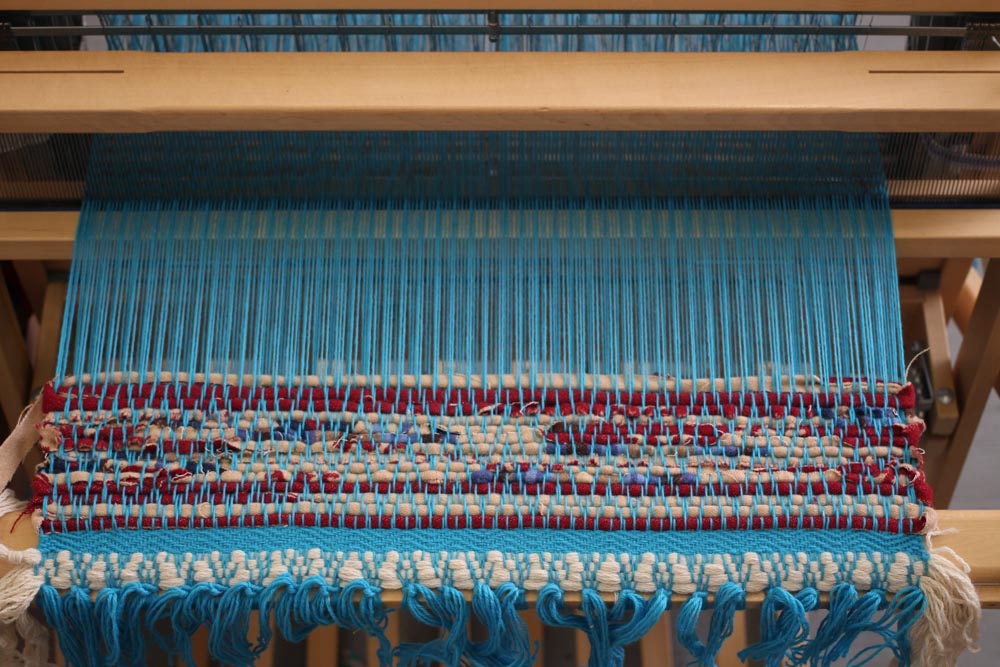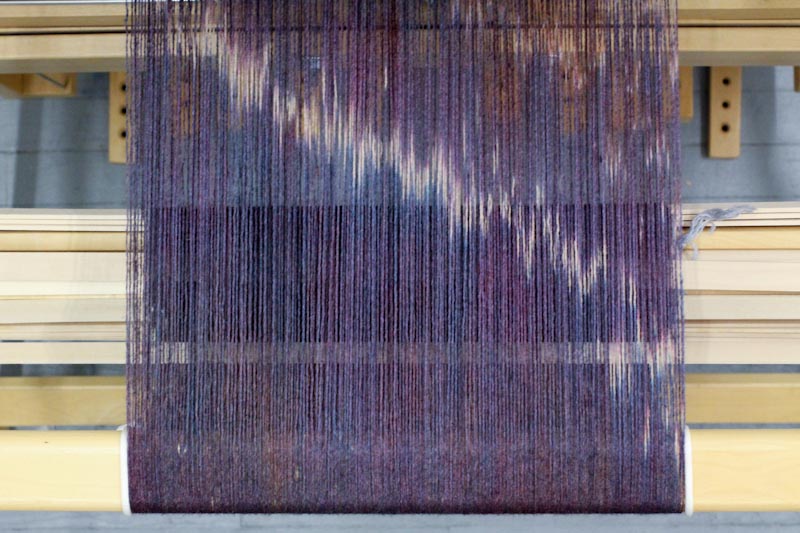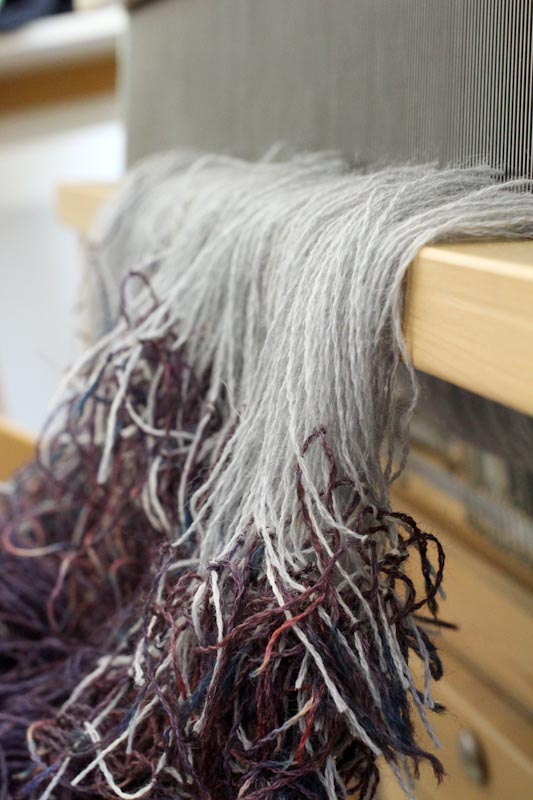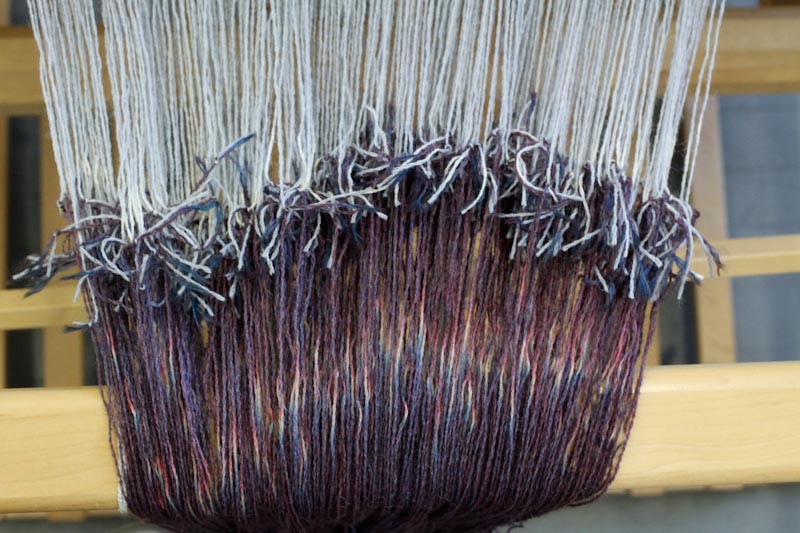Well here she is, the new addition to the studio family. A 46" Schact 4N4LS/ 12T loom. I am beyond thrilled. I drove up outside of Albany and met a lovely woman named Ginny who sold it to me. She makes amazing triangle shawls. I had never seen a triangle loom before and it is a fascinating piece of equipment: very simple and the weaving process is just genius. We were able to fit this loom in the Toyota Matrix (she does it again, folks!) and off I went.
This loom feels a little more grown up to me. My first one, a 28" 8S/10T Norwood was, um, rickety at best. Although it was a heavy weight, I had to tune the loom after every piece I wove. The back beam ratchet was just that: a simple ratchet with a loose hook, so if I advanced without extreme care, the tension of the warp would unravel my entire warp and I'd have to cut off what I was doing and start over. I have definitely had enough of that.
But that is to say, I have no idea how this one is going to weave. But I'm excited to try! It has texsolv heddles, which I think is interesting. That may make for too light a shaft, although right now the shafts raise and lower just fine. I also have no clue how fast I'll be able to thread them. Not to mention they'll make the weaving process quiet. I'm curious to see if I'll like them. If not, I can always replace them!
I'll be sure to share my first woven piece with y'all!

































